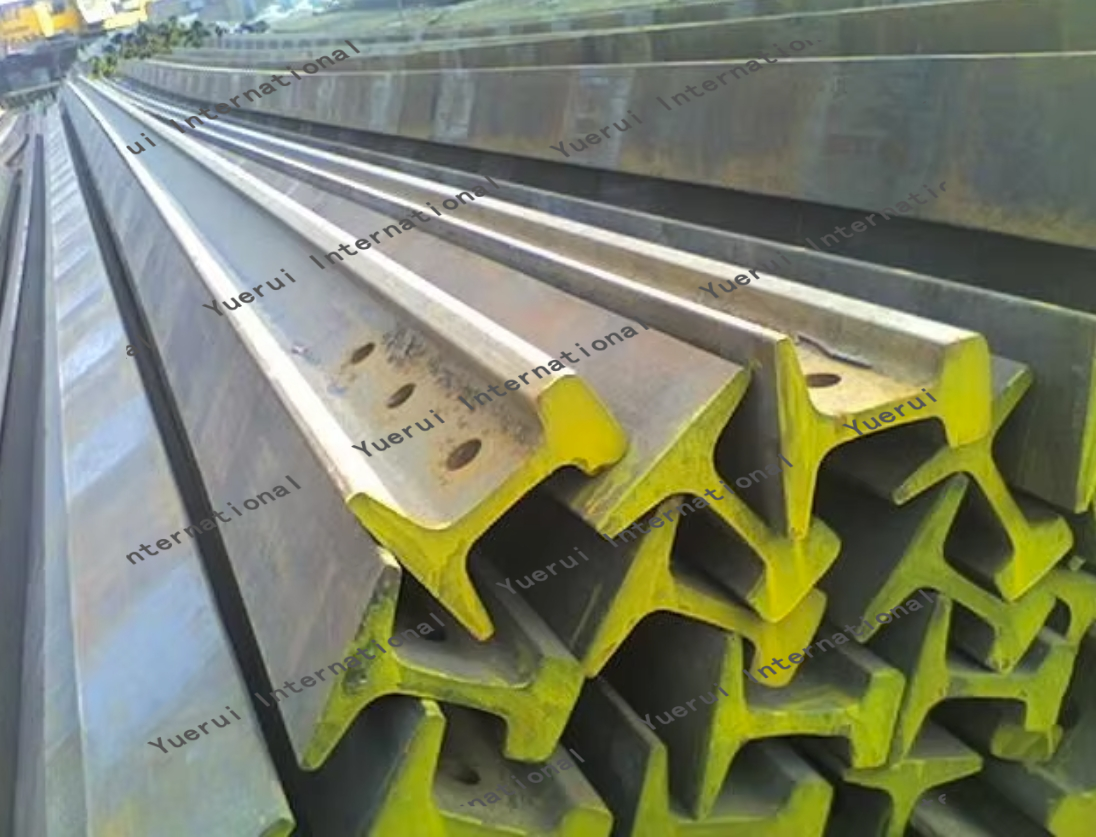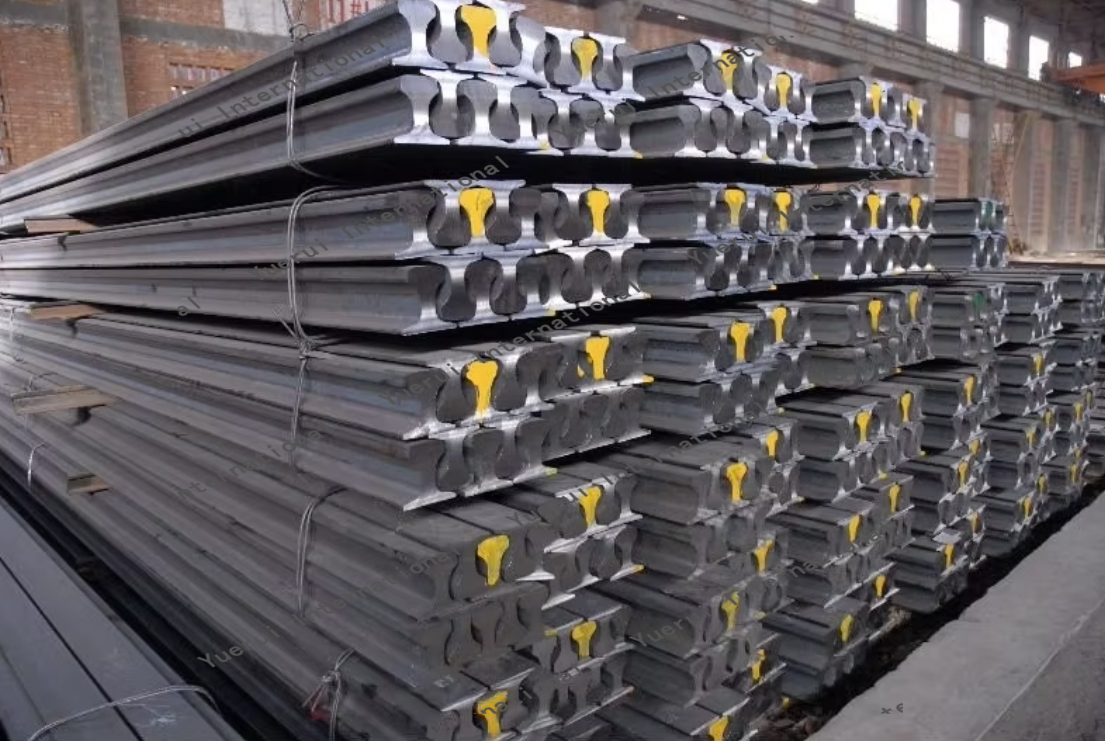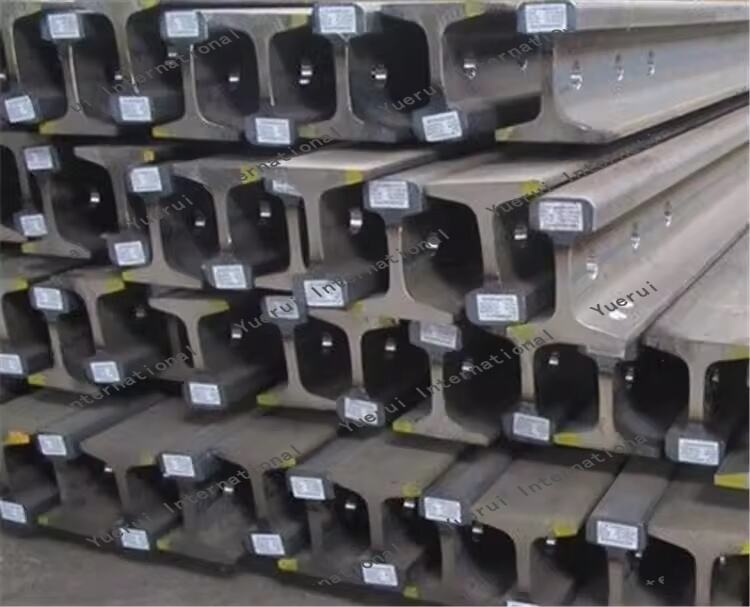replacing railroad ties
Replacing railroad ties is a critical maintenance procedure that ensures the safety and longevity of railway infrastructure. This essential process involves removing deteriorated wooden, concrete, or composite ties and installing new ones to maintain track stability and alignment. Modern railroad tie replacement operations utilize specialized equipment like tie extractors, inserters, and automated tamping machines that significantly enhance efficiency and precision. The process requires careful assessment of existing ties, precise removal techniques, and expert installation of new ties to ensure proper track gauge and stability. Professional crews must consider factors such as drainage, ballast condition, and rail seat positioning during replacement. The procedure often incorporates advanced materials and treatment methods to extend tie lifespan, including pressure-treated wood, synthetic composites, or pre-stressed concrete options. Regular tie replacement programs help prevent track degradation, reduce maintenance costs, and ensure compliance with safety regulations. This systematic approach to infrastructure maintenance is fundamental to maintaining reliable rail transportation networks and preventing service disruptions.


